Chapter 11: Presenting Your Designs to Your Client
Selling your ideas and creativity is a tough business. Presentation is the downfall of many talented designers. Great designers, especially freelancers, have to play many different roles—it’s not enough to have fantastic design skills if you want to have a successful career. The good news is, if you’ve been working all along to build a strong relationship with your client through effective communication at the earliest stages of forming the brief, you won’t have a problem in getting your clients to trust you and your creativity.
In this chapter, I walk you through the presentation process, from preparing, to selling your idea, to handling client feedback, to revising your designs based on that feedback.
Preparing to Take the Stage
With your concepts at the ready, it’s time to convince the client that your solutions will help their brand. Remember: Your presentation of your ideas decides the future of your concept. You don’t want to spend hours or weeks on the development and exploration of a concept only to fail to show it to the client in the best possible way.
After you’ve given your presentation, your clients may ask questions. Try to anticipate what those questions might be, and make notes on how you want to respond, as well as any factors that could help to sell your idea.
Choosing your medium
The first step to preparing for your presentation is deciding on the best method for delivering your concepts. The answer really depends on the environment in which you’ll be making your presentation and what you feel most comfortable with. If you live in the same area as your client, try to arrange a face-to-face meeting. Speaking before an audience is often nerve-wracking, but meeting face-to-face allows you to gauge their reactions more easily than you can over the phone or Internet.
You can reduce some of your nervousness by practicing your presentation in front of family, friends, or colleagues beforehand. This will also help you identify anything you need to change in the presentation.
If I’m dealing with a client who is based overseas, I often create a presentation area on my own website, especially for that client (see Figure 11-1). I create a page for each concept separately, because I find that showing all the concepts at the same time can be a bit too much information to take in. After my concepts have been uploaded online, I arrange a suitable time to speak with the client on the phone and talk them through each concept. Your client may also be willing to talk via video chat, through a service like Skype (www.skype.com); video chat isn’t quite as good as face-to-face communication, but it does at least allow you to see their facial expressions.
Never send clients vector graphics of your concepts—the client could be able to start using the logo before they’ve even paid for it. I suggest sending JPEGs as standalone images or embedded in a locked PDF document if possible. This helps to protect your work before the final signoff (and before you’ve been paid).
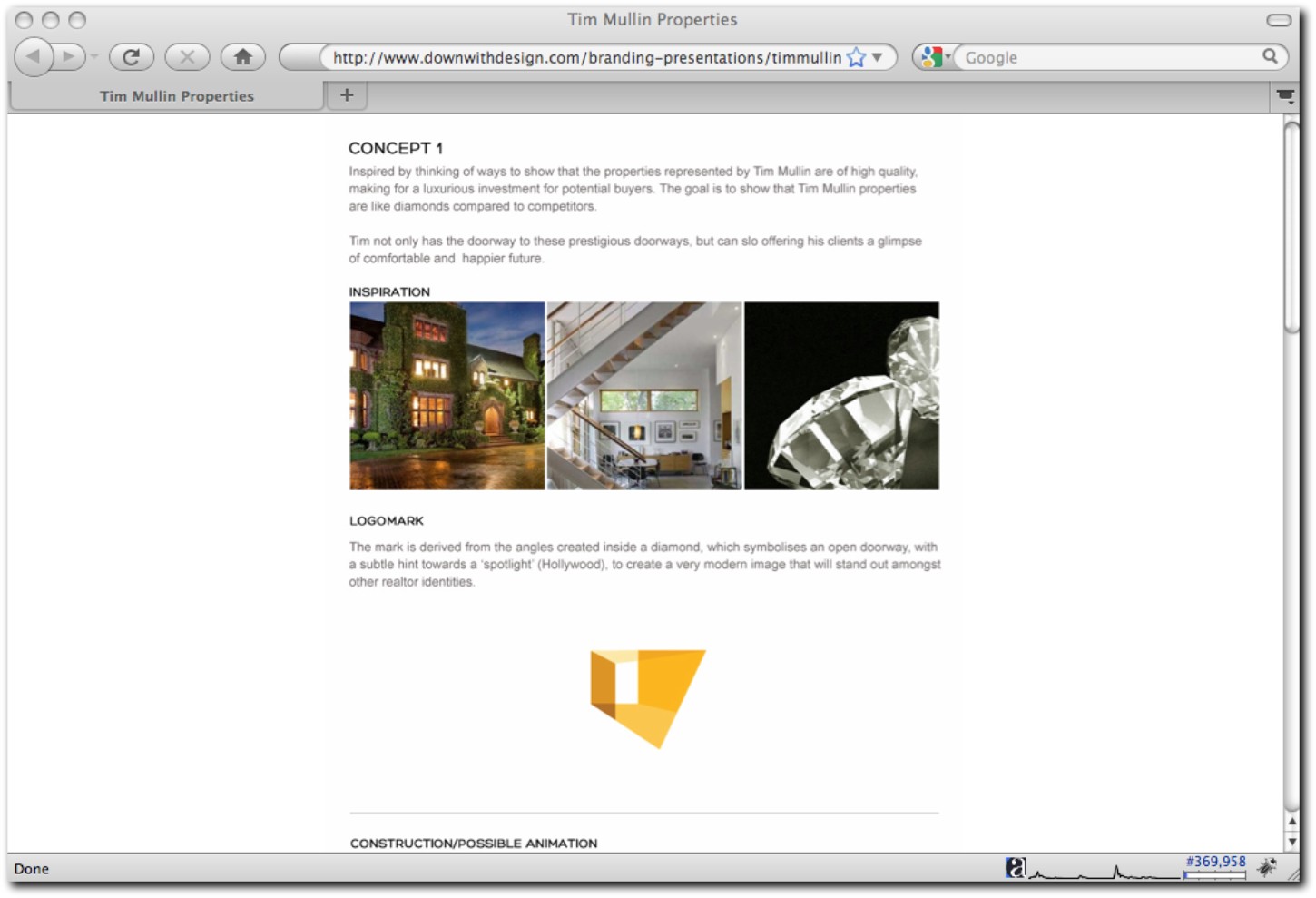
Figure 11-1: An example of an online presentation for a client.
Letting your designs breathe
Ever heard of the phrase “stand back and admire your work”? If you view an object up close, you can’t see it in all its glory. Placing logo concepts in a file and scaling them so that the fit the whole of the available area reduces the focus (see the first figure).
Providing sufficient space around the edges of the artwork allows the design to breathe (see the second figure). I always aim for the logo to take up roughly 50 percent of the surface area of the medium in which it will be presented.

Poor presentation of a logo.

Strong presentation of a logo.
Knowing how much to show
Going into a presentation with only one concept is a tremendous risk—one you don’t want to take. If the client doesn’t like it, you’ve got nothing. Instead, you want to present a variety of concepts.
Choice is always a good thing, especially when dealing with identity. Offering concepts that are too similar makes the project claustrophobic. Thorough exploration and development along various avenues will allow you to pinpoint different types of solutions. Figure 11-2 shows three different concepts I presented for one project, all answering the design brief.

Figure 11-2: Three concepts I designed, all answering the same design brief.
Von Glitschka presented six different logo concepts to his client Hepburn Creative to show that he had thoroughly explored the options (see Figure 11-3).
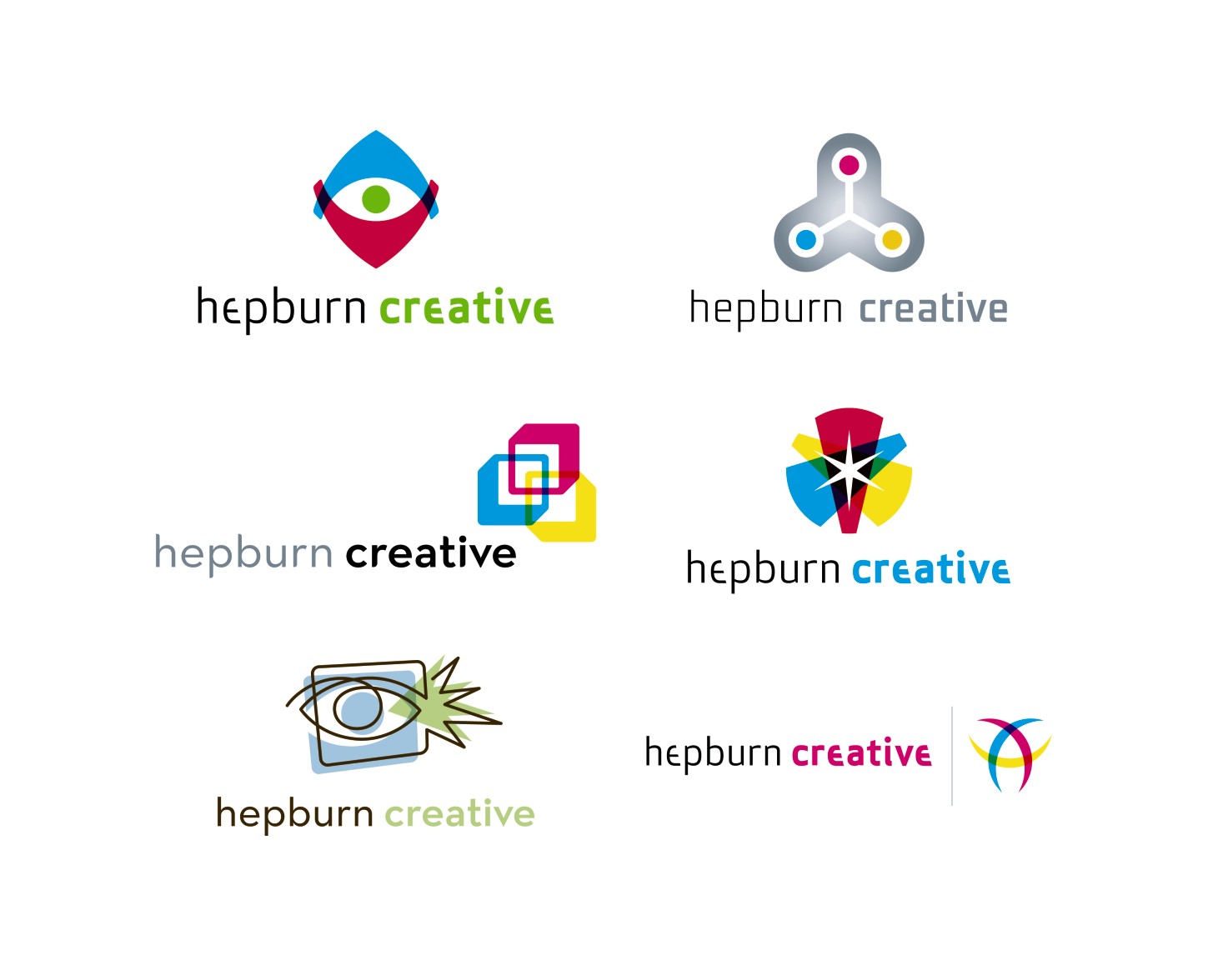
Figure 11-3: Six concepts designed by Von Glitschka (www.vonglitschka.com).
This isn’t about providing a couple of rushed, poorly formed concepts alongside one concept that you think is the winner. Chances are, the client will pick the concept you didn’t put much thought into, and you won’t be happy. Make sure that all the concepts you present are of the same high standard—that way, you’ll be happy that you’ve delivered your best service no matter what the client chooses. Remember: Not just the client’s reputation is at stake—your own reputation is on the line, too.
Sharing your vision
Clients aren’t mind-readers. You may be able to reel off a ten-minute speech about how awesome the logo will look when it’s letter pressed into the finest paper ever produced, but your spiel will mean nothing to the client unless they can see it for themselves.
You can help the client imagine how the logo will be used and expanded by creating mockups of anything you feel it could be applied to. (As a bonus, these mockups could even lead to future work on the brand collateral if you’ve been contracted only to design the logo.)
Jan Zabransky, a freelance graphic designer from the Czech Republic who specializes in logo and identity design, was asked to create the logo for a new cafe called Coffee Cup. Having decided on an interesting concept (see Figure 11-4), he showed the client how that concept could be used in application (see Figure 11-5). In the file sent to the client by Jan, he demonstrated how the logo could be used and would look on items that he felt relevant to the nature of the client. In this case, on coffee cups, menus and packaging. The file also displays the type of assisting graphics (the dark texture) can help to enforce the brand image.

Figure 11-4: The Coffee Cup concept, design by Jan Zabransky (www.janzabransky.cz).

Figure 11-5: An application mockup for Coffee Cup, created by Jan Zabransky using Photoshop.
Help the client to realize how much branding potential there is for the concept by applying it to any media that you think will use the logo. In Figure 11-6, designer Von Glitschka shows how elements of the Hepburn Creative logo (refer to Figure 11-3) can be extended to the rest of the brand collateral.
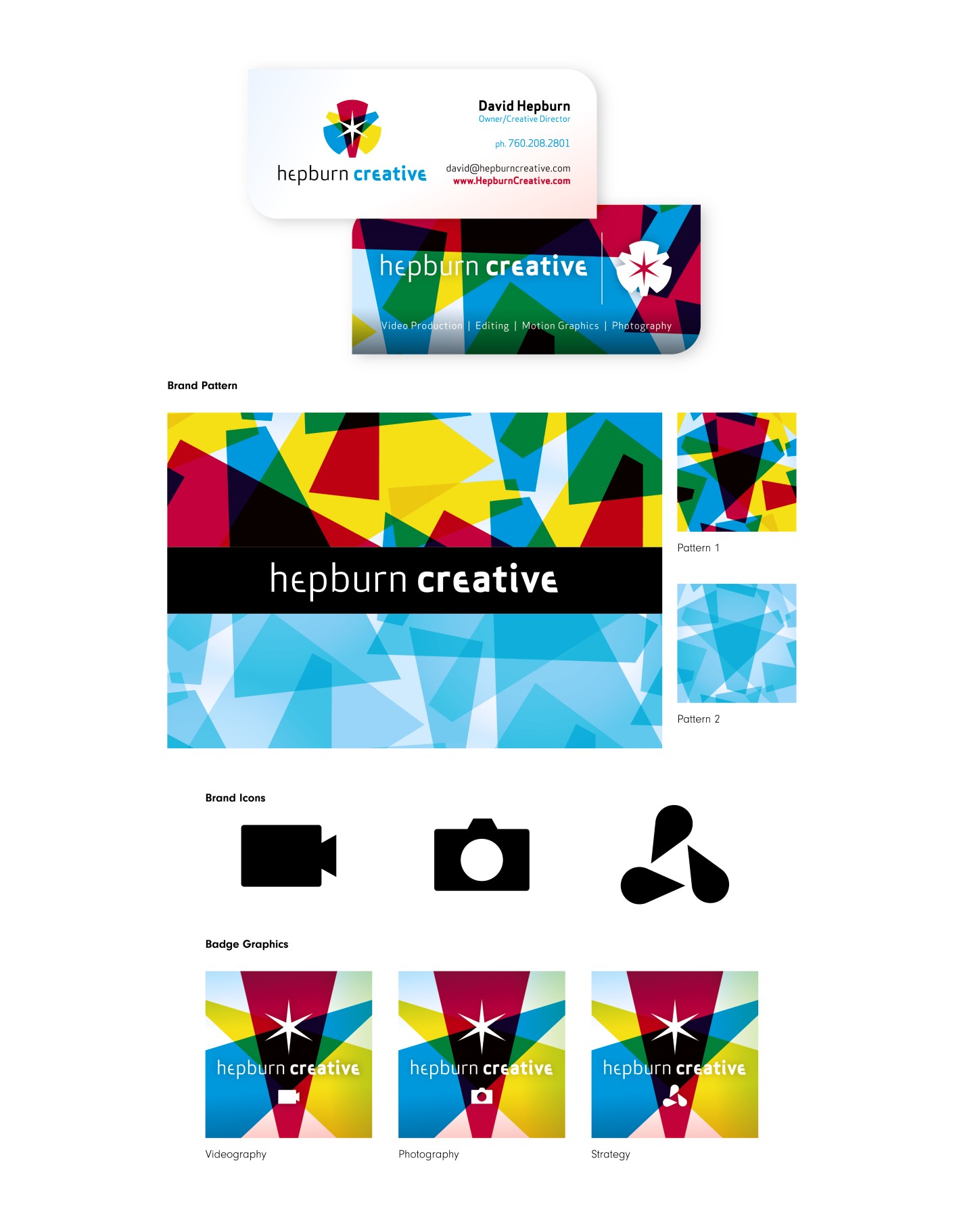
Figure 11-6: Elements of the Hepburn Creative logo can be extended to the brand collateral, and designer Von Glitschka (www.vonglitschka.com) shows his clients how in this presentation.
In Figure 11-7, designer Oguzhan Ocalan lets the client imagine what the logo will look like in their hands.
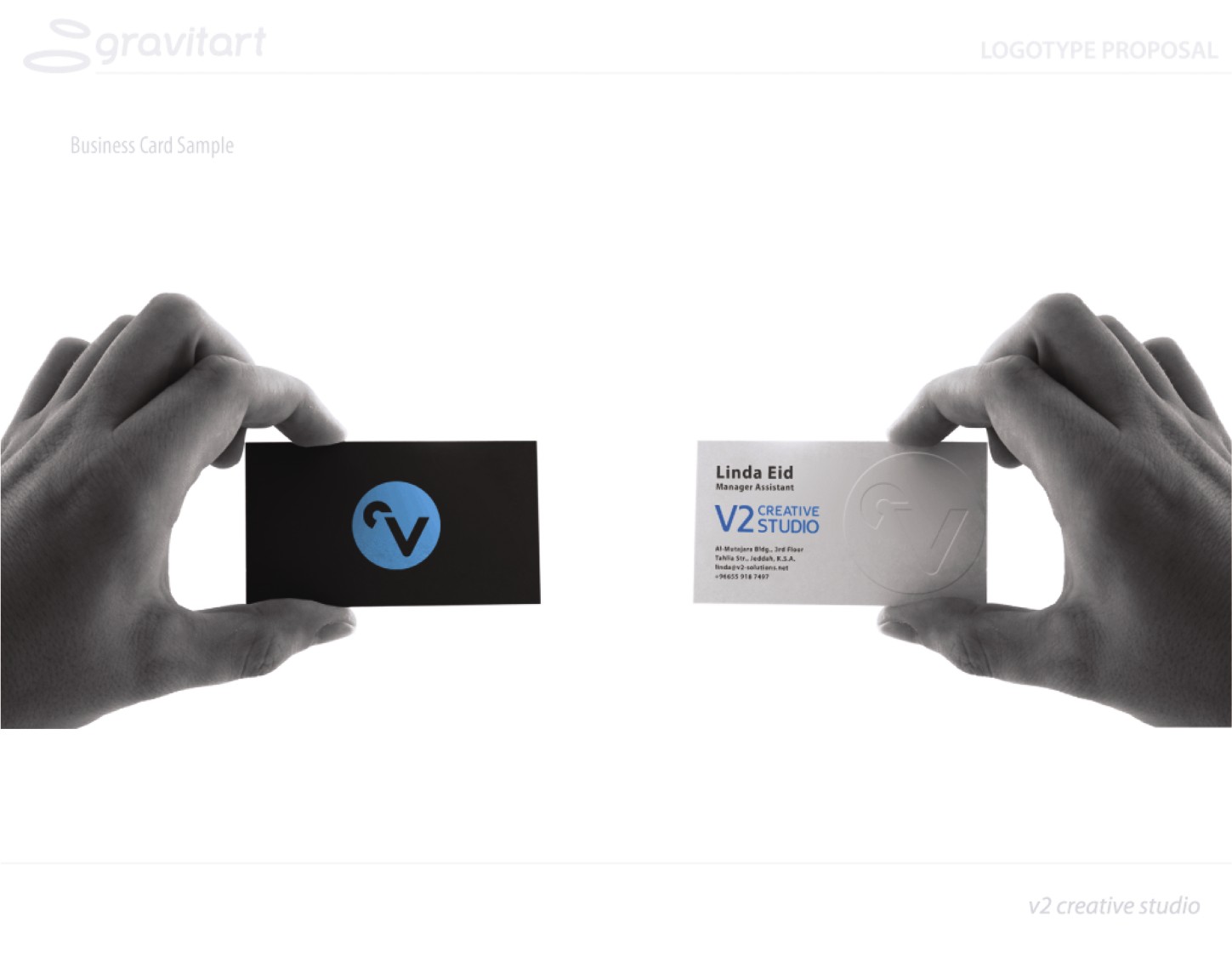
Figure 11-7: Oguzhan Ocalan (www.gravitart.com) lets the client imagine what the logo will look like in their hands.
Finally, in Figure 11-8, designer Nadim Twal takes the presentation process one step further by creating 3D renderings of the product and applying the logo to them, so that the client can see how well the concept performs.
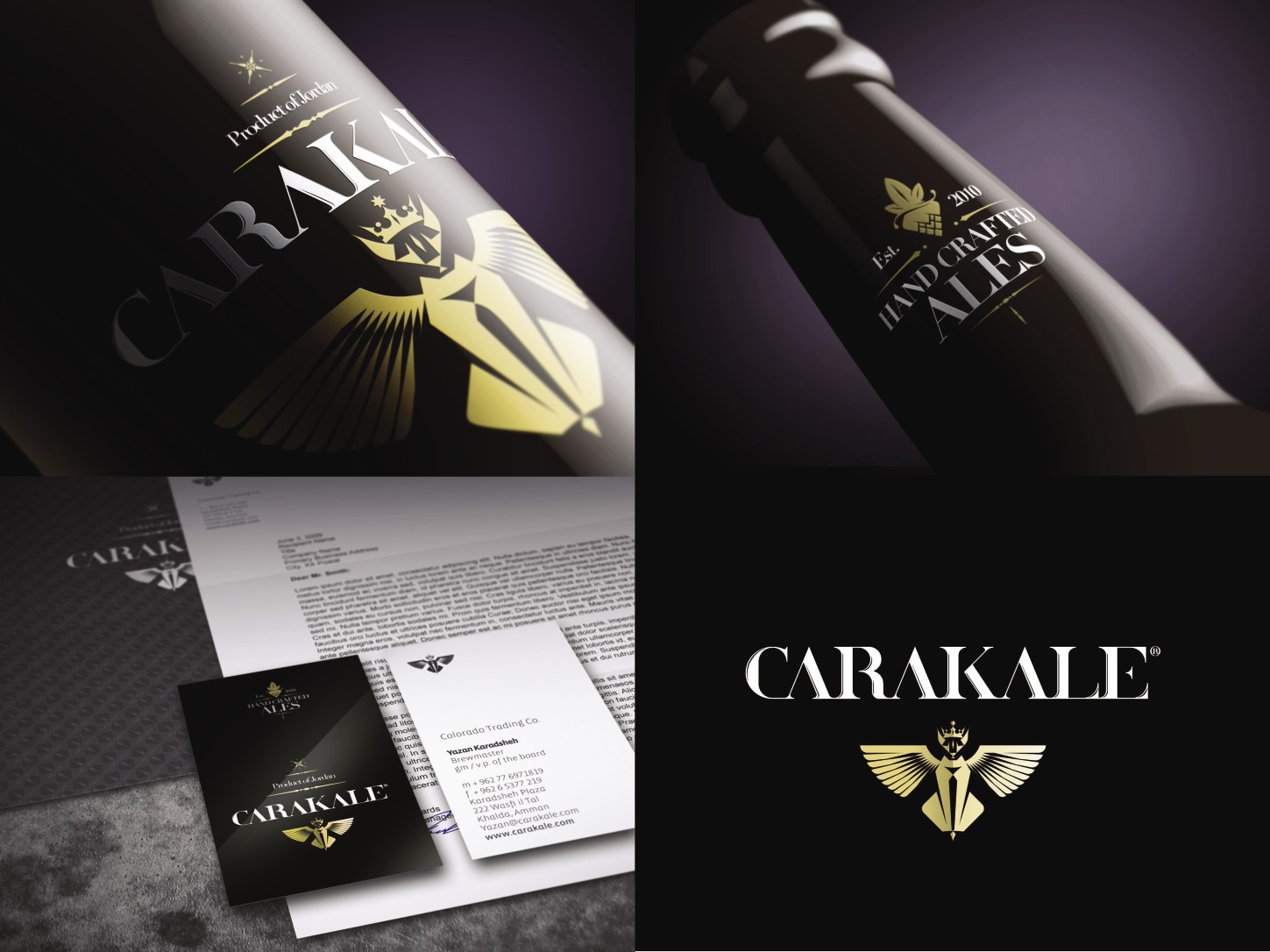
Figure 11-8: Nadim Twal’s presentation of the Carakale logo allows the client to visualize the logo in action on the product that it represents.
Selling Your Ideas
After you’ve prepared for your presentation (see the previous section), you’ve done most of the work. Now you just have to sell your ideas to the client. Notice that I said “sell your ideas,” not “run your ideas by.” E-mailing your logo concepts to the client, crossing your fingers, and hoping for a positive outcome won’t get you very far. You need to talk to your client about your concepts and help your client imagine using them.
You can’t just say to the client, “I think we should use this concept because it’s my favorite.” Tell them why you think it works best and how it can offer them a competitive advantage. Give detailed reasoning for all your decisions and back them up with any design theory or working examples that use similar elements.
Treat each concept as a single entity. Spend the same amount of time explaining the thought process behind each concept and answer questions after explaining each concept. This way, the concepts won’t become mixed up in the client’s mind, and you’re giving each concept equal weight.
What if the client rejects every concept?
You can’t always guarantee that the client will buy into your vision, even if you’ve actively given valid reasons for your decisions. Sometimes even referring to the brief as evidence that your solutions are relevant may not convince a client. You can persist by showing further exploration of the concept and application or carry out additional research into how you can back up your thinking.
Unfortunately, some clients will hold their ground and even the best salesperson in the world wouldn’t be able to get through. If this happens to you, refer to the terms of your contract. For example, your contract may stipulate that if the designs you’ve created don’t conform to the aims of the brief, then you’re obliged to repeat the process at no extra cost. But if you feel you’ve met the aims of the design brief (and you can back this up), don’t be tricked into repeating the process—some clients may try to use this as an opportunity to see more ideas for free.
Remember: Some clients are impossible to please—and often you don’t know which clients will fall into this category when you get started. So, make sure you’re covered in this situation by any contract you sign.
Dealing with Client Feedback
After you present your concepts to your client, you want to get feedback. That’s right—you want feedback. Without it, you won’t know how the client feels, and you won’t know whether you’ve met their needs.
Many designers dread client feedback—they see it as a battle of wills. But not all feedback is negative, and even negative feedback doesn’t have to result in a battle. Your client may feel defensive if they don’t like your concepts, but you can help ease that defensiveness by responding professionally and politely.
Nobody likes negative feedback. But the key is to push aside your ego and understand that it’s not personal. Some of your clients may not be brimming with tact—unfortunately, not everyone understands that the best way to give criticism is to voice concerns constructively. If you feel like the client is insulting you personally, don’t lose your cool.
Remember: Design is subjective. Your client may not fully understand that there is a certain degree of theory behind your design choices. If they have queries about any of your design choices, back up your ideas with reasonable examples of why they work and how alternative options wouldn’t be as effective.
Revising
If you’ve overcome the hurdle of getting the client to buy into one of your concepts, then you’re halfway there. They may fall in love with one right away, but odds are, they’ll want to see some different versions of the concept.
A concept shouldn’t be seen as a toy that a client can play around with until they think the logo looks great. Instead, you want to guide the client with sound design advice. That’s not to say that all client suggestions will be wrong—some suggestions may improve the design. If that’s the case, don’t be reluctant to implement the changes just because you didn’t think of them yourself. You can never explore a concept in too much detail, so presenting variations of an original idea can put your mind at ease that you’re working with the client toward the best possible solution.
If the client suggests making a change that you know for sure won’t work, explain why it won’t work by giving valid reasons relating to your design knowledge. If you have the time, back it up by showing an example with the change implemented and an alternative that you know will be an improvement.
Even if the client falls in love with one of your concepts during the first round of presentation, don’t rest on your laurels and assume that your work is done. Aim to take your ideas further and see if any additional improvements can be made. Your goal is to paint the client in the best possible light. Most designers will tell you that, when they look back on completed work, they see things they would do differently. You can reduce this possibility by fully exploring the potential for the final concept. Just make sure to keep the client updated on any changes you make. Trying to subtly sneak in a change without the client’s approval is unprofessional. If you’ve made a change that you think improves the overall design, go back to the presentation process and explain why it has advantages over the previous version.
In 2010, I was contacted by Santa Clara Church to design their new identity. We decided that a modern icon should be used to help distance them from the stale, traditional images often associated with religion. The church adheres to four key values—connect, grow, serve, and go—and we felt that these values should somehow be reflected in the logo, possibly incorporating some kind of tree image with the four elements forming the branches. I presented Santa Clara with three concepts that conformed to this general idea (see Figure 11-9). Each concept was different, but all had some factor by which imagery or color was divided into four defined areas that symbolized each key value of the church.
After discussion, the client and I decided that learning about the four key values was similar to going on a journey onward and upward. We also decided that the key values shouldn’t necessarily be illustrated literally but maybe in a more abstract fashion. After much thought, I presented the concept shown in Figure 11-10.
When inspiration strikes
It’s never too late to introduce new ideas. If you think of a groundbreaking idea at any stage in the design process, by all means present it to the client, even if you’ve already shared your initial concepts. If you’ve agreed to show only a certain number of concepts, don’t allow that figure to put a stranglehold on your creativity.

Figure 11-9: The initial concepts that I presented to Santa Clara Church.

Figure 11-10: A revised concept based on discussion with and feedback from the client.
Notice how the artwork is not completely refined at this stage? Upon presentation, the client was onboard with the concept and the thinking behind it, and they loved the fact that the path formed a subliminal S, standing for Santa Clara Church. The four key values are symbolized by the four separate areas. From there, I worked with the client, experimenting with small changes in the measurements, position, and orientation of the elements used within the design, as well with typeface options (see Figure 11-11).
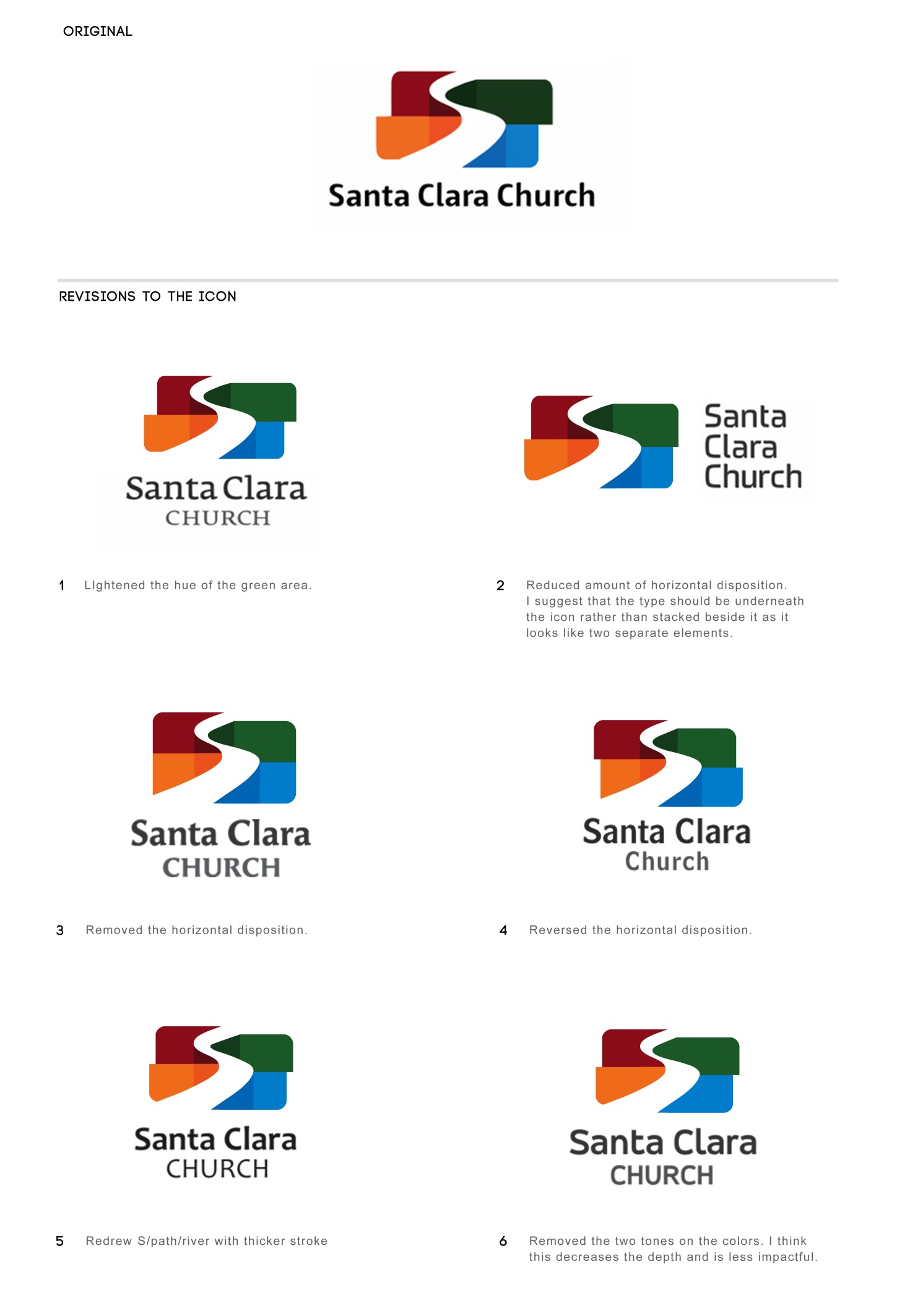
Figure 11-11: Experimenting with a chosen concept.
Eventually, we were able to pinpoint the final design (see Figure 11-12).

Figure 11-12: The final Santa Clara Church logo, designed by Gareth Hardy (www.downwithdesign.com).
When you’re all done with the design and you’ve gotten final approval from the client, ensure that you get written confirmation from the client. It doesn’t have to be a formal letter—even an e-mail will suffice, just as long as you have something to refer to and show as proof if the client later tries to say that they want to go in a different direction. (You can even get the client to sign off at each stage of the process if you feel that’s necessary.)
What to do with unused ideas
In the process of designing a logo for a client, you’ll come up with a variety of concepts that don’t make the final cut. I’m not a fan of recycling concepts for future projects—each brief should be treated as an opportunity to create a brand-new solution. Still, hang on to every idea that you create—you never know when those unused ideas could come in handy, if only as inspiration for a new project.
If you look at logo showcase websites, you may notice that a majority of the concepts are rejected concepts. These websites offer designers exposure, but showcasing logo designs that your client rejected can be dangerous. Picture this scenario: A designer uploads to his portfolio and a logo-inspiration website several unused concepts for a business that is still actively operating. Numerous blogs and other logo-design-related websites pick up on the logo and decide to feature it in “inspirational” logo-design posts. The unused logo is now all over the Internet. If an Internet user searches for details on the client, all identities—the rejected ones and the one the client ultimately chose—could show up in the search results, which could cause conflict and damage the reputation of the brand.
Always ask for the client’s permission to showcase any unused concepts—whether the client is still in business or not. If you feel that an unused logo concept will improve your portfolio, show just the mark and don’t include any specific details about the client or the nature of the project. This protects the client’s privacy.
Showcasing unused concepts, especially online, could lead to receiving enquiries for purchase of the copyright. Just because an idea got rejected doesn’t mean that its value instantly drops. Great ideas are worth more than a couple hundred dollars, and they shouldn’t be sold to just anyone. Think of the time and energy that went into developing the concept from the first idea in your head to the eventual execution of the artwork into vectors. If you do decide to sell unused ideas, make sure that the logo is suitable for the buyer’s identity so that you maintain a high level professionalism as a designer.
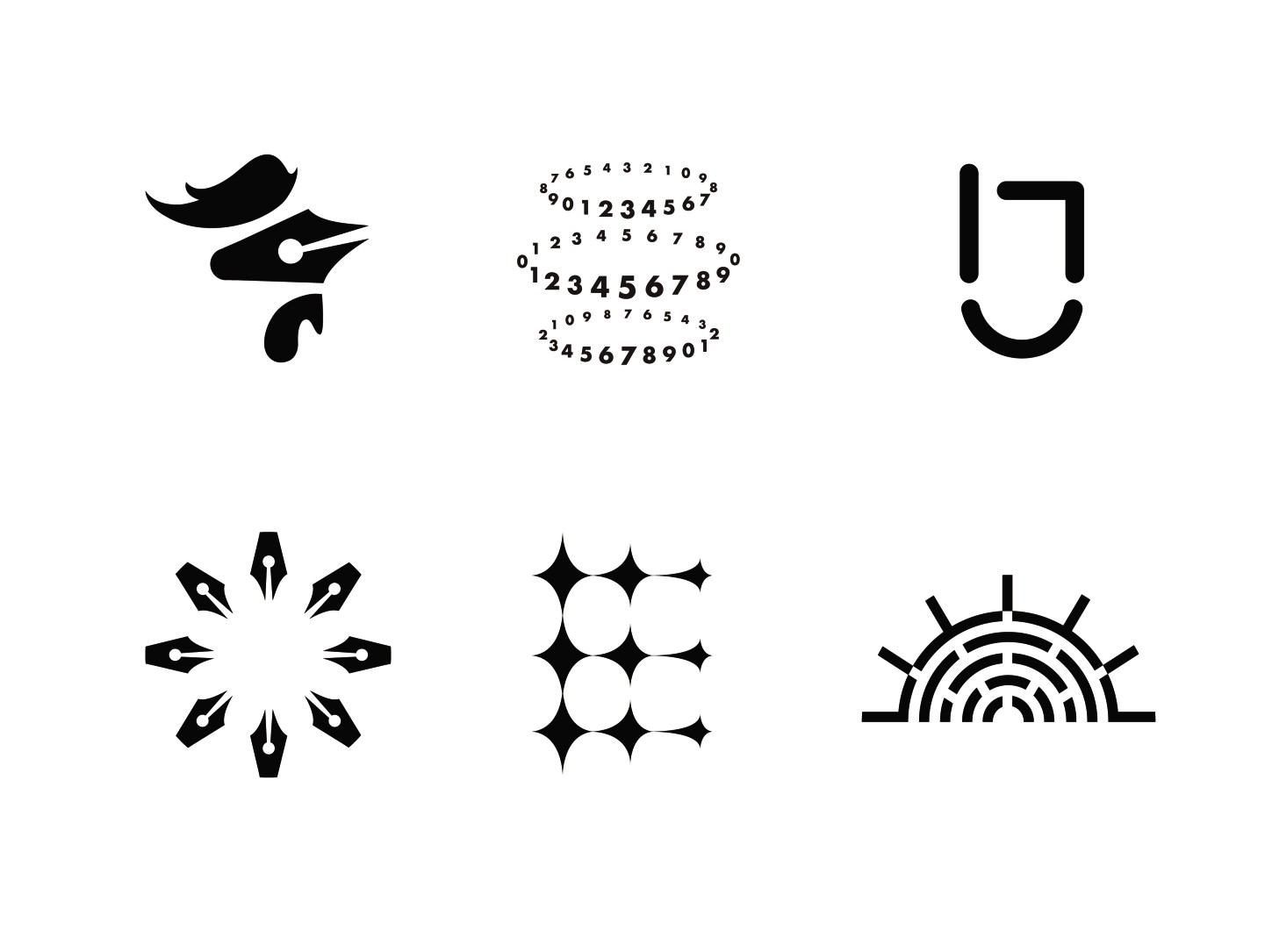
Some of my own unused concepts, with any identifying information about the clients removed.
